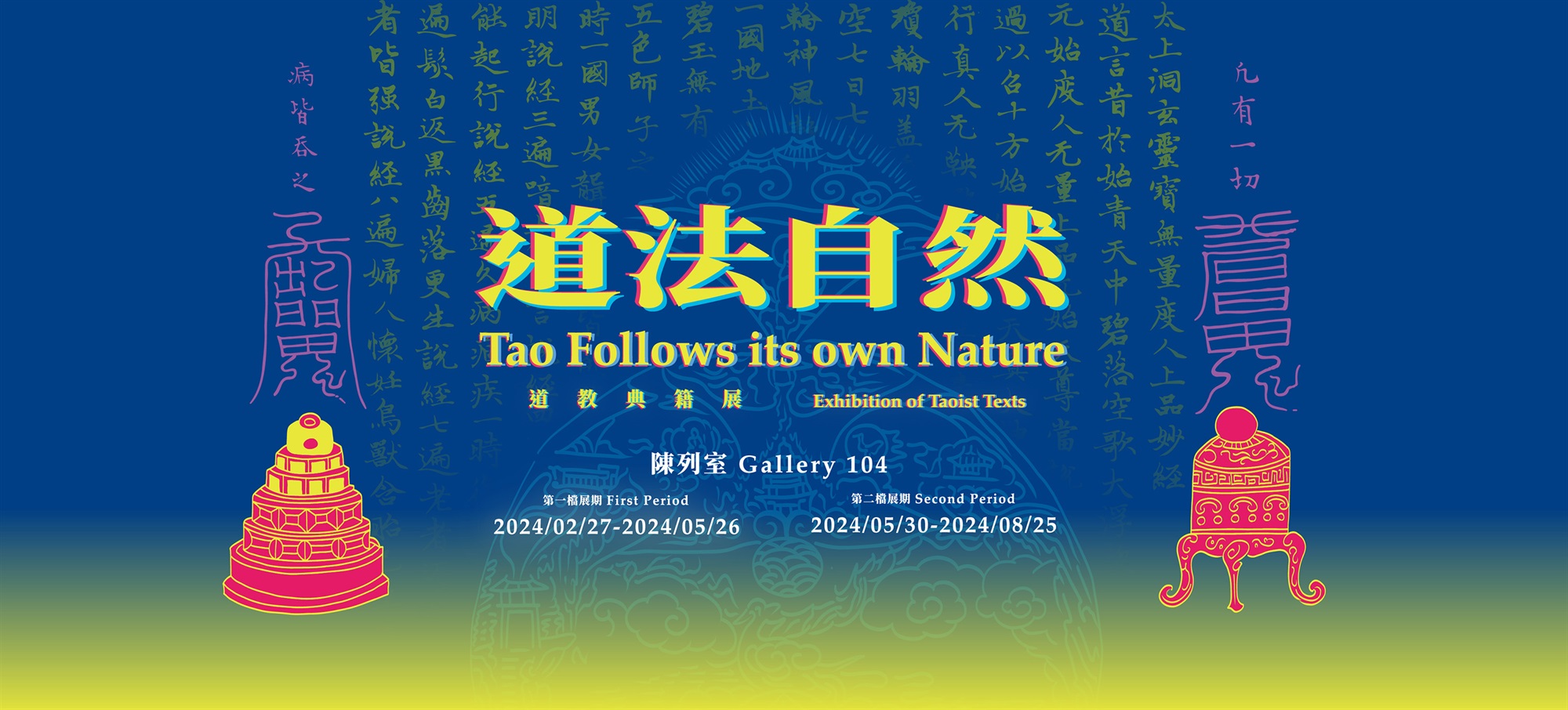Essential Taoist Scriptures
Taoist initiates take part in the ritual of the “Three Refuges and Five Precepts”, where they commit themselves to the Tao, its scriptures, and their teachers. The scriptures act as a vital guide to practitioners and are considered essential for the transmission of Taoist teachings. The Daozang (Taoist Canon) scriptures and alchemical texts are divided into the “Three Grottoes” and “Four Supplements”, together known as the “Seven Sections”. The Three Grottoes are further split into twelve categories each, giving thirty-six subdivisions. In his Tongzhi Yiwen Lue (General Records on Arts and Literature), Zheng Qiao (1104–1162) categorized Taoist scriptures into twenty-five categories, with the first six encompassing the works of Laozi, Zhuangzi, various masters, Yinfu Jing (Scripture on the Hidden Talisman), Huangting Jing (Yellow Court Scripture), and Cantong Qi. During the Yuan and Ming dynasties, different Taoist sects focused on different scriptures, alchemical texts, formulas, and rituals. The core scriptures gradually came to be known as the “Five Scriptures and Four Books” and are crucial for both internal and external practitioners. The five for internal cultivation are Yinfu Jing, Daode Jing, Huangting Jing, Qingjing Jing, and Longhu Jing; and the five for external cultivation are Duren Jing, Yuhuang Jing, Sanguan Jing, Beidou Jing, and Yushu Jing. This exhibit showcases annotated rare editions of these Taoist scriptures from the National Palace Museum.
-
Daode Jing Jieyi
(Explanations of Daode Jing) Written by Zhang An, Song dynasty Manuscript
Zhang An (?–?), a Southern Song dynasty official, wrote interpretive commentary on Emperor Huizong of Song’s annotations on the Daode Jing (the original manuscript now being lost). He added his own meticulous notes beneath each of Huizong’s, and tagged them with the phrase “this servant’s interpretation”. His work, titled “Interpretations of the Daode Jing by Emperor Huizong of Song”, is included in the Zhengtong Daozang.
-
Daode Baozhang
(Annotations of Daode Jing)
Written by Ge Changgeng, Song dynasty Edition of Zhao Mengfu’s script, Ming dynastyDaode Baozhang interprets Laozi’s teachings through the philosophical lens of “internal alchemy” and the nature of mind in a fusion of Confucian, Taoist, and Buddhist thought. Author Ge Changgeng (1194–1229), known as Bai Yuchan after being adopted by the Bai family, lived as a recluse in the Wuyi Mountains. Under Chen Nan’s mentorship, he embraced Taoist practices and wandered through southern China, gaining renown under the sobriquet Master Ziqing. He is celebrated as one of the masters of the Quanzhen School. His writings were later transcribed in regular script by calligrapher Zhao Mengfu (1254–1322) and included in the Qing dynasty’s Siku Quanshu.
-
Laozi Changqingjing Jing Shilüe
(Brief Explanations of Laozi’s Chang Qingjing Jing)
Compiled by Gao Shiming, and annotated by Lin Zhao'en, Ming dynasty Part of Yihua Yuanzong, Ming dynasty, 1624In Taoist lore, during his travels to Mount Kunlun the Supreme Venerable Sovereign (Taishang Laojun) is said to have bestowed the Changqingjing Jing upon the Queen Mother of the West. This wisdom was then passed down by immortals and documented by Ge Xuan. Part of the Zhengtong Daozang, this scripture was annotated by Lin Zhao'en (1517–1598) during the Ming dynasty. Dissatisfied with the prevailing synthesis of the three teachings (Confucianism, Taoism, Buddhism), Lin formulated and founded the Sanyiism (Harmonious Church of the Three-in-One), a tradition that continues to this day in Chinese cultural regions, including Taiwan.
-
Album of Song dynasty rubbing of Jin and Tang dynasty small script:
Transcription of Huangting Jing Wang Xizhi, Eastern Jin dynasty
The existing Huangting Jing comprises an “outer” section, an “inner” one, and a “central” section, added later. The three versions are all part of the Zhengtong Daozang. Originating during the Wei and Jin dynasties, Huangting Jing has various versions, each differing in content and order. It blends Taoist concepts of “guarding the spirit” and “cherishing energy” with traditional Chinese medicine’s organ theories to outline paths to immortality. By the late Tang dynasty, this work had been integrated with the alchemical theories of Cantong Qi. It became a crucial text for the practice of internal alchemy in the Internal Alchemy School from the Song and Yuan dynasties onwards, and remains a foundational reference for Taoist health practices.
The most renowned copy of Huangting Jing was transcribed by celebrated calligrapher Wang Xizhi and contained the content of the extant outer section. The original transcription has been lost, but it was engraved on stone during the Song dynasty. The exhibit on display is a Song dynasty rubbing from the NPM collection. The text concludes with a date and location: Written in Wuyin County on the 24th day of the fifth month of the 12th year of Yonghe (356).
-
Transcription of Huangting Jing by Zhu Yunming
Zhu Yunming, Ming dynasty Ming Dynasty, 1510
Renowned calligrapher Wang Xizhi was famously fond of geese. According to the Book of Jin, a Taoist monk in Shanyin kept exquisite geese. During a visit, Wang so admired them that he offered to buy them. The monk replied that he would freely give the geese in return for a transcription of the Daode Jing. Wang joyfully agreed, carried out the transcription, and returned home with the geese. Subsequent historical accounts also tell this story, but the transcribed text is often said to be Huangting Jing instead. This calligraphy piece is also known as the “Exchange of Geese”. Over the centuries, many celebrated calligraphers have replicated the work. The exhibit on display is by Zhu Yunming (1461–1527), from the Ming dynasty and one of the “Four Talented Scholars of Wu”.


